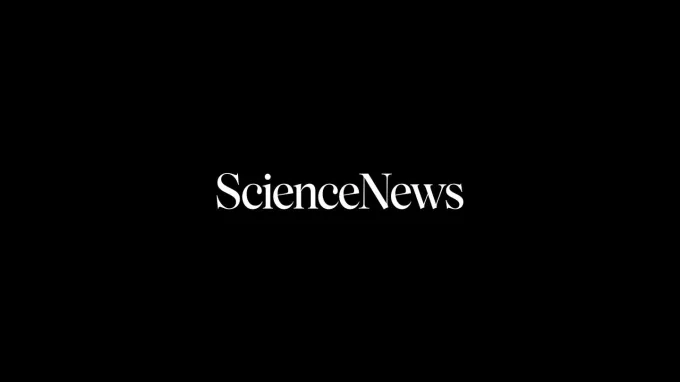Science News Magazine: Current Issue
Vol. 170 No. #16
Trustworthy journalism comes at a price.
Scientists and journalists share a core belief in questioning, observing and verifying to reach the truth. Science News reports on crucial research and discovery across science disciplines. We need your financial support to make it happen – every contribution makes a difference.
More Stories from the October 14, 2006 issue
-
 Earth
EarthAncient hot spell is linked to copious carbon dioxide
A mineral that formed in some lakes during a lengthy and particularly warm period in Earth's past suggests that atmospheric concentrations of carbon dioxide were at that time at least triple those found in today's air.
By Sid Perkins -

Right brain area linked to fairness
The ability to control selfish impulses in order to reject an unfair deal depends on a specific right brain area.
By Bruce Bower -
 Materials Science
Materials ScienceA nanotechnology report card
Research on how nanotechnology affects human health and the environment must be expanded, a National Research Council report concludes.
-
 Health & Medicine
Health & MedicineNovel approach fights leprosy
An antibiotic typically used to fight sinus infections shows remarkable potency against leprosy.
By Nathan Seppa -

Hotel-room surfaces can harbor viruses
Rhinovirus, which is responsible for roughly half of all common colds, survives on surfaces in hotel rooms for hours and can be transferred from there to people.
By Nathan Seppa -
 Health & Medicine
Health & MedicineStatins defend against fungus-caused sepsis
Cholesterol-lowering drugs called statins might reduce the risk of dying from sepsis triggered by a fungal infection.
By Nathan Seppa -
 Health & Medicine
Health & MedicineMany infections tied to medical settings
More than one-fourth of skin or muscle infections that require hospitalization originate from microbes acquired in a clinic, hospital, or other medical-care setting.
By Nathan Seppa -
 Humans
HumansSmoke Out: Bartenders’ lungs appreciate ban
Pub workers in Scotland breathed easier and showed better respiratory health shortly after a nationwide ban on smoking inside public spaces went into effect.
By Nathan Seppa -
 Health & Medicine
Health & MedicineLife Blood: Drug stops mothers’ bleeding after births
A drug sometimes used to induce abortions can stem bleeding after childbirth.
-
 Tech
TechTeasing Apart Nanotubes: Fast-spun carbon fibers may feed an industry
Researchers have devised a way to sort carbon nanotubes by size and electronic properties.
By Peter Weiss -
 Math
MathMessiness Rules: In high dimensions, disorder packs tightest
In high dimensions, disorderly arrangements of spheres pack together more densely than orderly arrangements do.
-

Well Traveled: Gene split arose early in domesticated goats
Two separate goat lineages inhabited the same site in southwestern Europe about 7,000 years ago, indicating that the extensive transport and mixing of domesticated goats began shortly after the origins of farming in the Near East.
By Bruce Bower -
 Animals
AnimalsCourting Costs: Male prairie dogs seem too busy mating to dodge predators
Male prairie dogs get so distracted during mating season that predators find them easy pickings.
By Susan Milius -
 Earth
EarthNearly Naked: Large swath of Pacific lacks seafloor sediment
Little or no sediment has accumulated on a broad patch of ocean bottom in the remote South Pacific, the result of a combination of factors that probably can't be found anywhere else on Earth.
By Sid Perkins -
 Chemistry
ChemistryPretty in Pictures: Details of molecular machinery gain Nobel
This year's Nobel Prize in Chemistry went to a researcher who determined the structure, in atomic detail, of RNA polymerase taken from yeast cells.
-
 Astronomy
AstronomyEnigmatic Eruption
An erupting star near the outskirts of the Milky Way has become one of the most puzzling objects in the galaxy.
By Ron Cowen -
 Health & Medicine
Health & MedicineWarming Up to Hyperthermia
By notching up a tumor's temperature a few degrees, scientists are boosting the power of radiation, chemotherapy, and cancer vaccines.
-
 Humans
HumansLetters from the October 14, 2006, issue of Science News
Name game “Named medical trials garner extra attention” (SN: 8/5/06, p. 93), I think, has it backwards. It’s not that labeled trials are more likely to be funded. Rather, well-funded, large trials are more likely to be named. We research chemists label only the important projects. The name makes the project easier to track and […]
By Science News
